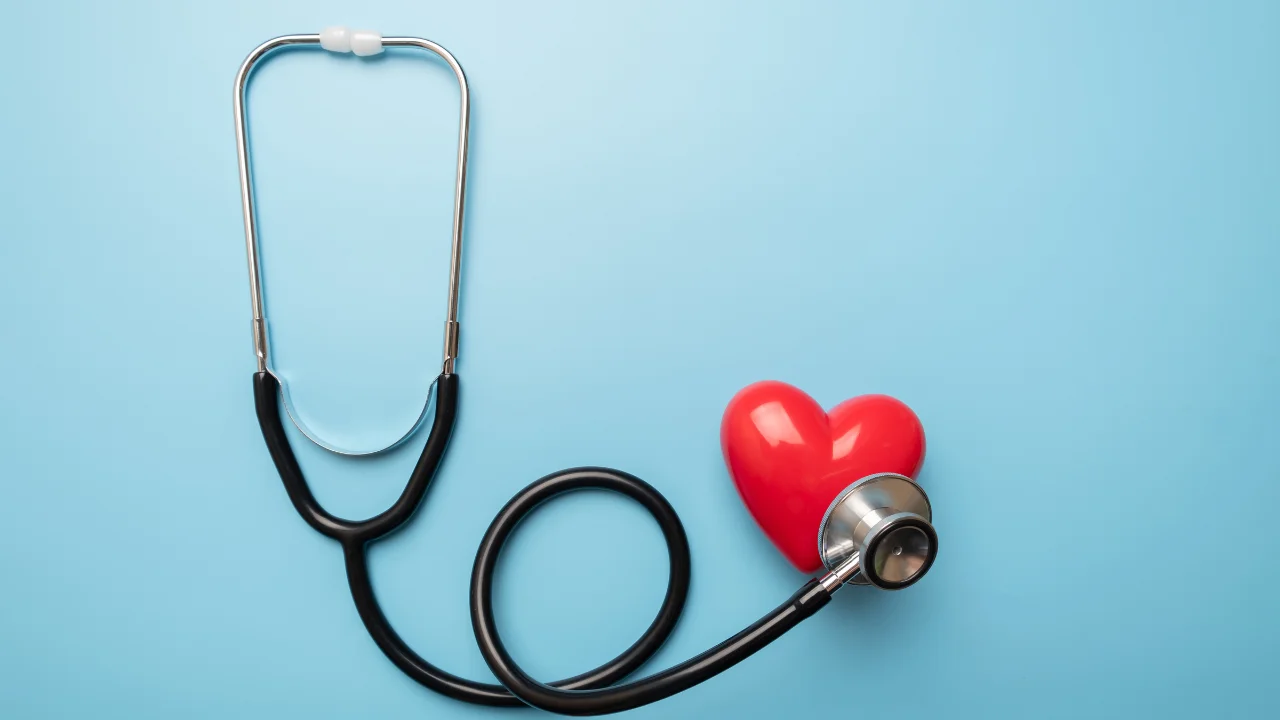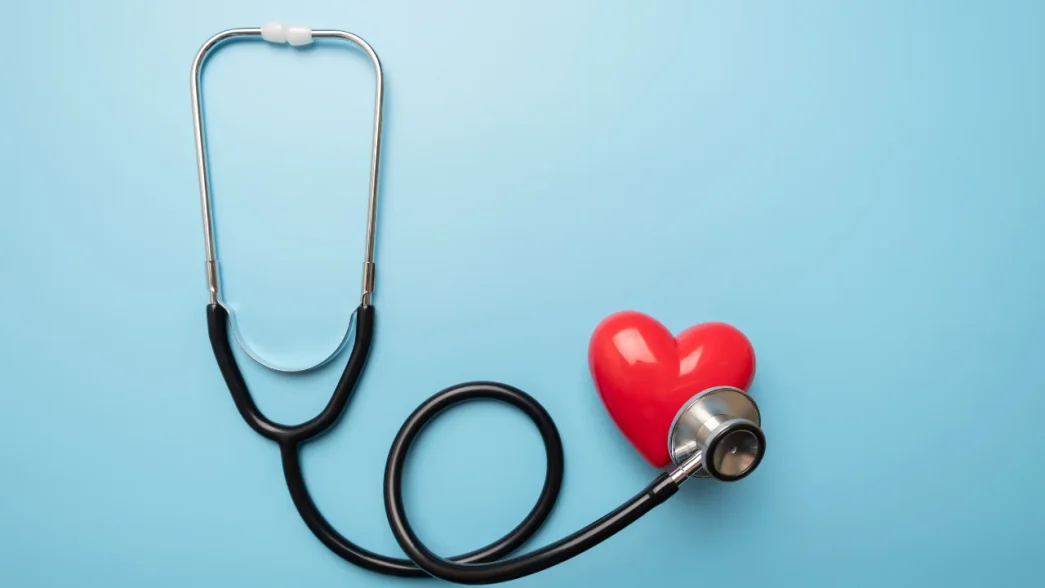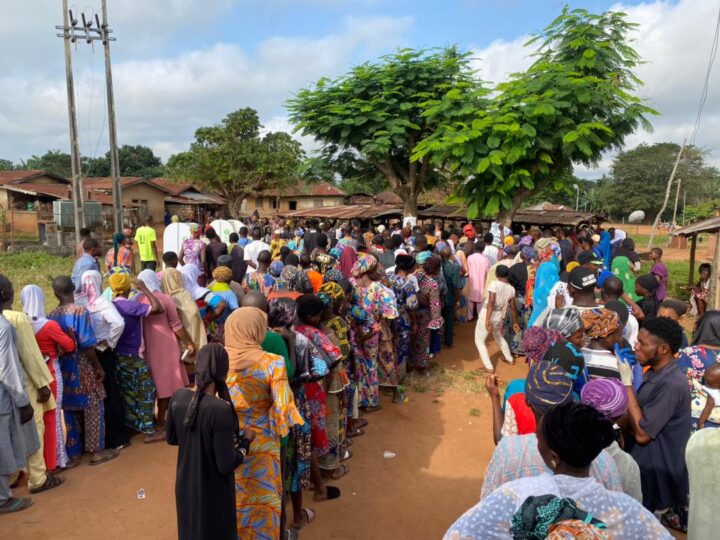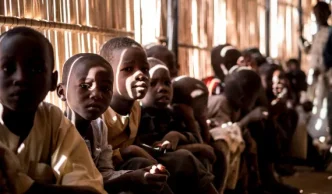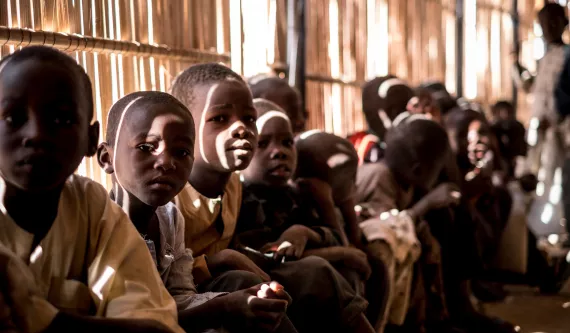BY LANRE OLAGUNJU
Every September 29, the world stops to listen; not to speeches or declarations, but to the most universal sound of all: the heartbeat. World Heart Day is a reminder that within every chest lies a rhythm that can be silenced too soon. In Africa, that silence has grown louder. More than one million lives are lost each year to cardiovascular diseases (CVDs), a toll that has surged by more than 50% in the last three decades.
In South Africa, one in four deaths is caused by heart disease. In Nigeria, with its vast population of over 220 million, CVDs are now among the top killers. In Ghana, hypertension and obesity are fuelling a rise in cases, while across East Africa, fragile health systems often leave patients diagnosed only when the disease is far advanced. Behind the statistics are stories too familiar: a father whose blood pressure goes unchecked, a mother whose chest pains are dismissed, a young professional who collapses without warning because their condition was never detected.
The theme of World Heart Day 2025 — “Don’t Miss a Beat” — could not be more urgent for Africa. But the continent’s story is not only one of crisis. Across its cities and provinces, hospitals and clinics, a quiet revolution is unfolding. It is a story of innovation and partnerships, of machines that see deeper and training that builds stronger, of technology matched with human expertise to give time back to hearts that were running out of it.
In Gauteng Province, South Africa’s busiest hospitals are shedding outdated systems for state-of-the-art cath labs, delivered through Siemens Healthineers’ partnership with the Gauteng government, which are helping doctors treat conditions once considered untreatable. Here, minimally invasive procedures that once felt like luxuries are now daily lifelines. A father’s faltering heartbeat is steadied with a pacemaker. A blocked artery is reopened before it steals another life. A child born with a congenital condition is identified early, their future rewritten by an image caught in time.
Advertisement
“Managing cardiovascular diseases requires more than machines; it demands a multidisciplinary approach,” says Tisha Boatman, executive vice president of external affairs and Healthcare Access at Siemens Healthineers. “We are investing not only in technology but also in the training and education of healthcare professionals to build sustainable systems that deliver quality care.”
And the change is not confined to South Africa. In Kenya’s Bomet County, patients at Tenwek Hospital no longer have to hold their breath or slow their heartbeat just to capture a clear scan. A dual-source CT scanner now captures precise images in seconds, sparing discomfort and saving lives for the county’s eight million residents.
In Luanda, Angola, cardiologists are experiencing a first: hands-on training in 4D transesophageal echocardiography. This special transducer enables an advanced cardiac ultrasound scan to monitor the heart in real-time, identifying structural problems as they occur. For Angolan families, it is nothing short of transformative. No longer bound by limited tools, doctors can now plan surgeries and treatments with the precision once reserved for wealthier nations.
Advertisement
In Uganda, at the Heart Institute, a pioneering cardiac MRI programme is giving doctors unprecedented clarity, which has changed medical outcomes for many, leading to new diagnoses and life-saving treatments. Behind each machine is human capital: more than 60 professionals trained to keep the knowledge, and the hope, alive.
West and north Africa, too, are joining the fight. Through initiatives like the Siemens Healthineers Academy in Egypt, over 2,000 healthcare professionals from 13 countries, including Nigeria and Ghana, have been trained across 200 courses, many of which focus on cardiology. Each session is more than a class; it is an investment in a pipeline of talent Africa desperately needs. With a target of six million training hours by 2030, Siemens Healthineers is betting not on quick wins but on long-term resilience. After all, migration, demographic shifts, and the rising tide of disease cannot be halted, but a trained workforce can meet them head-on.
Technology, of course, is evolving alongside talent. Large imaging systems such as CTs and MRIs are now available in smaller footprints, easier to install, and up to 20% more energy efficient — vital in resource-limited public hospitals. Artificial intelligence embedded in these machines helps overburdened cardiologists interpret images faster and more consistently, a crucial lifeline where specialists are few and patients many.
Yet, for all the sophistication of machines, the heart remains deeply human. Women’s symptoms often differ from men’s, their risks and outcomes charting a separate course. The push towards personalised cardiovascular care ensures that every heart, male or female, is treated on its own terms. Seamless transitions from diagnosis to treatment, supported by multi-disciplinary collaboration, mean fewer patients lost in the cracks of fragile systems.
Advertisement
World Heart Day may last only 24 hours, but Siemens Healthineers’ commitment stretches year-round, ensuring that no heartbeat in Africa is left unheard. From Soweto to Luanda, to Kampala, the interventions vary, but the rhythm is the same: innovation matched with education, technology paired with training, hope grounded in partnership.
Africa’s heart crisis is vast, but it is not insurmountable. For every statistic lies a life, and for every beat saved, a future reclaimed. On this World Heart Day, the message is clear: don’t miss a beat, because every beat counts.
Lanre Olagunju wrote in from Lagos, Nigeria. He is the founding editor of CheckClimate.Africa. He can be reached via [email protected]
Advertisement
Views expressed by contributors are strictly personal and not of TheCable.
